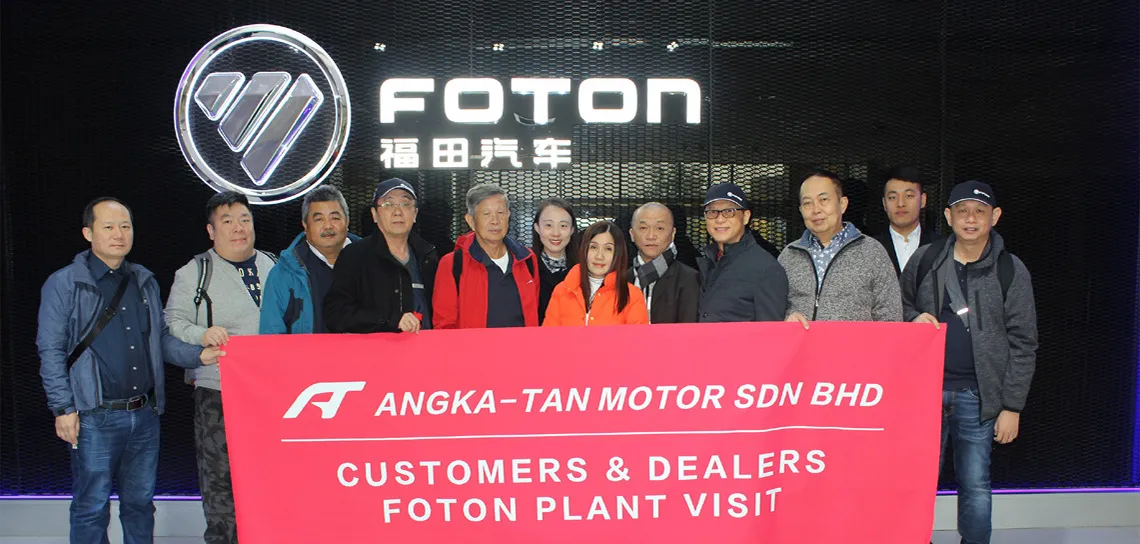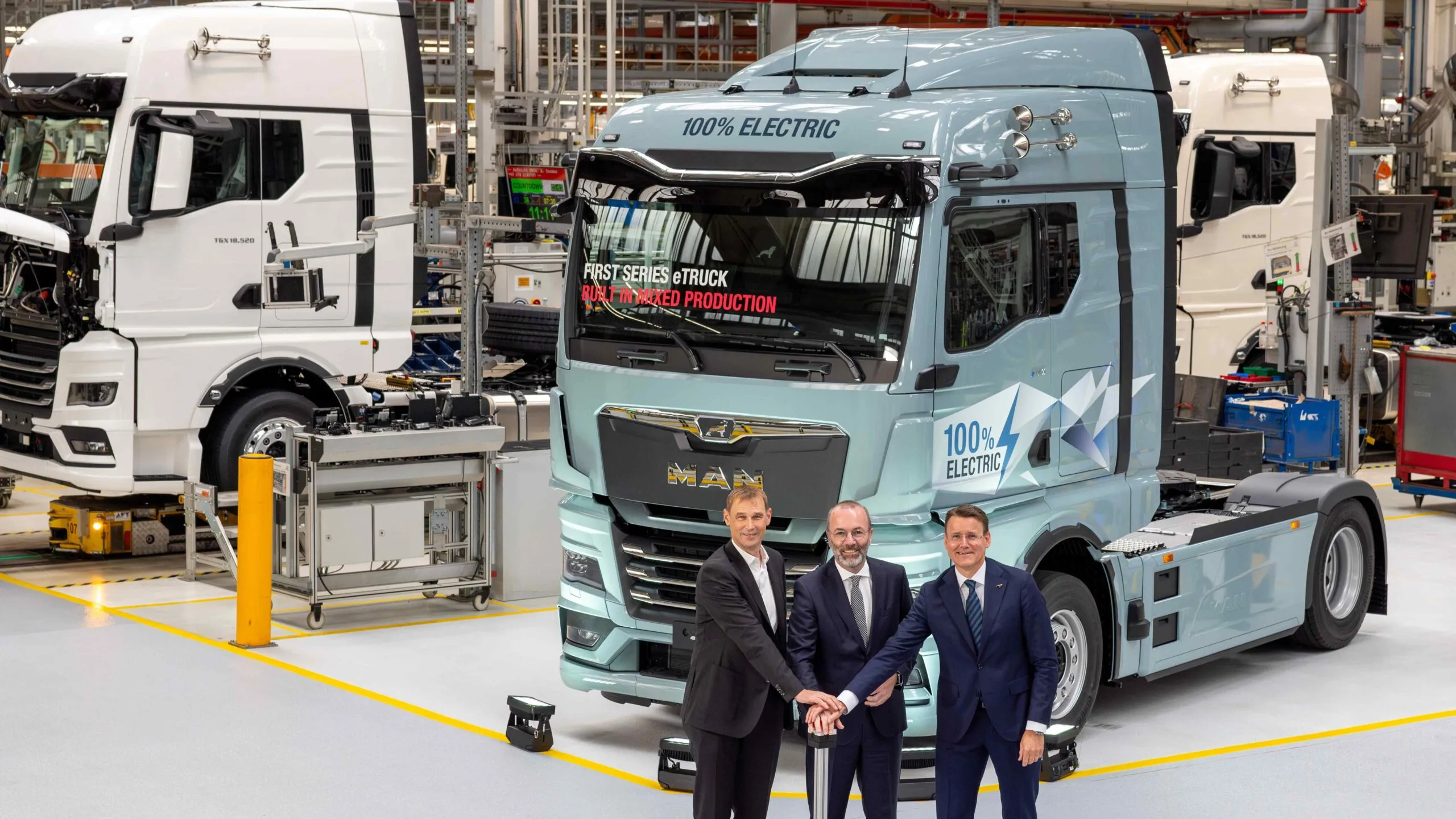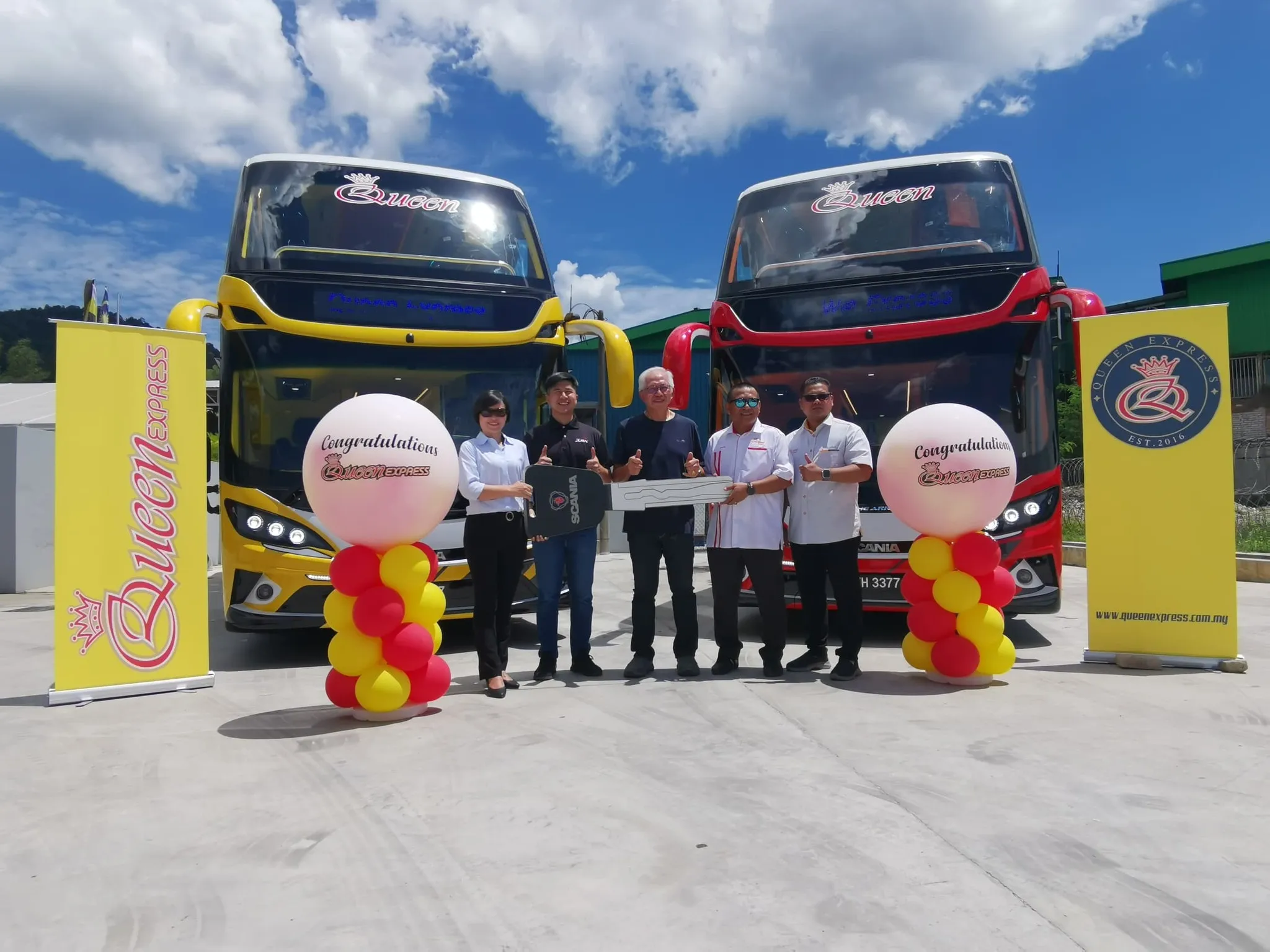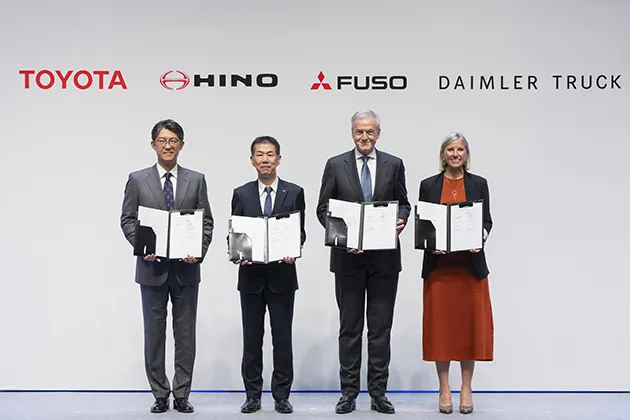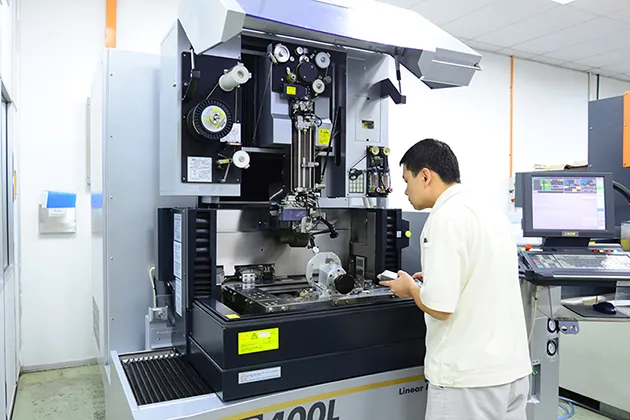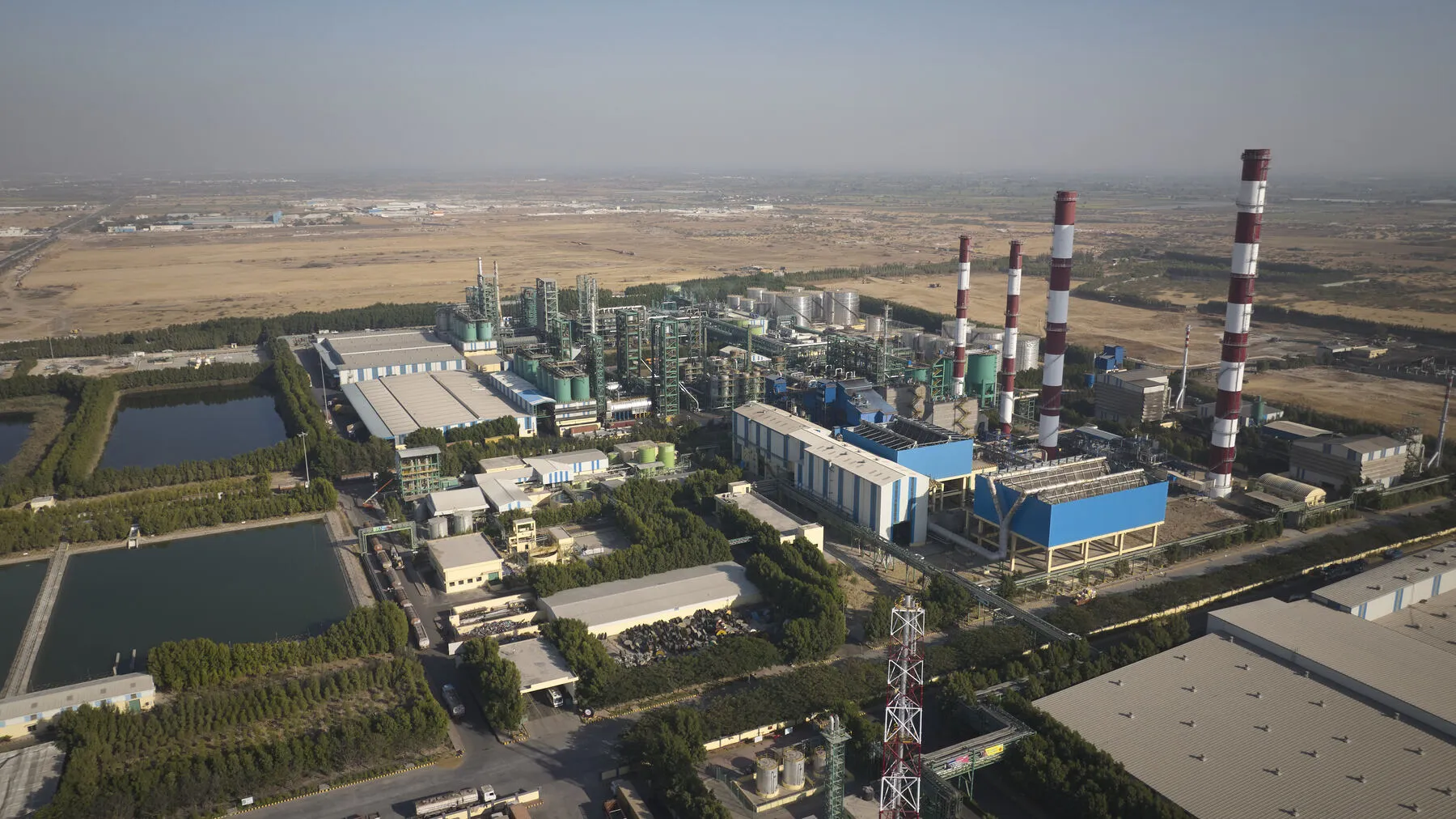Angka-Tan Motor Sdn Bhd (ATM) hosted a discovery tour for its dealers and customers recently to the fascinating world of Foton.
Malaysian Dealers & Customers Visit Foton’s Plants
Customers and dealers of Angka-Tan Motor Sdn Bhd (ATM) went on a discovery tour recently to the fascinating world of Foton, one of the leading commercial vehicle brand in China. Being the only media invited by the company, ‘Truck & Bus News’ was honoured to have the privilege to write this exclusive and exciting story. Led by Senior General Manager Danny Ng, the trip allowed the Malaysian delegate...
Malaysian Dealers & Customers Visit Foton’s Plants
Customers and dealers of Angka-Tan Motor Sdn Bhd (ATM) went on a discovery tour recently to the fascinating world of Foton, one of the leading commercial vehicle brand in China. Being the only media invited by the company, ‘Truck & Bus News’ was honoured to have the privilege to write this exclusive and exciting story. Led by Senior General Manager Danny Ng, the trip allowed the Malaysian delegate...

